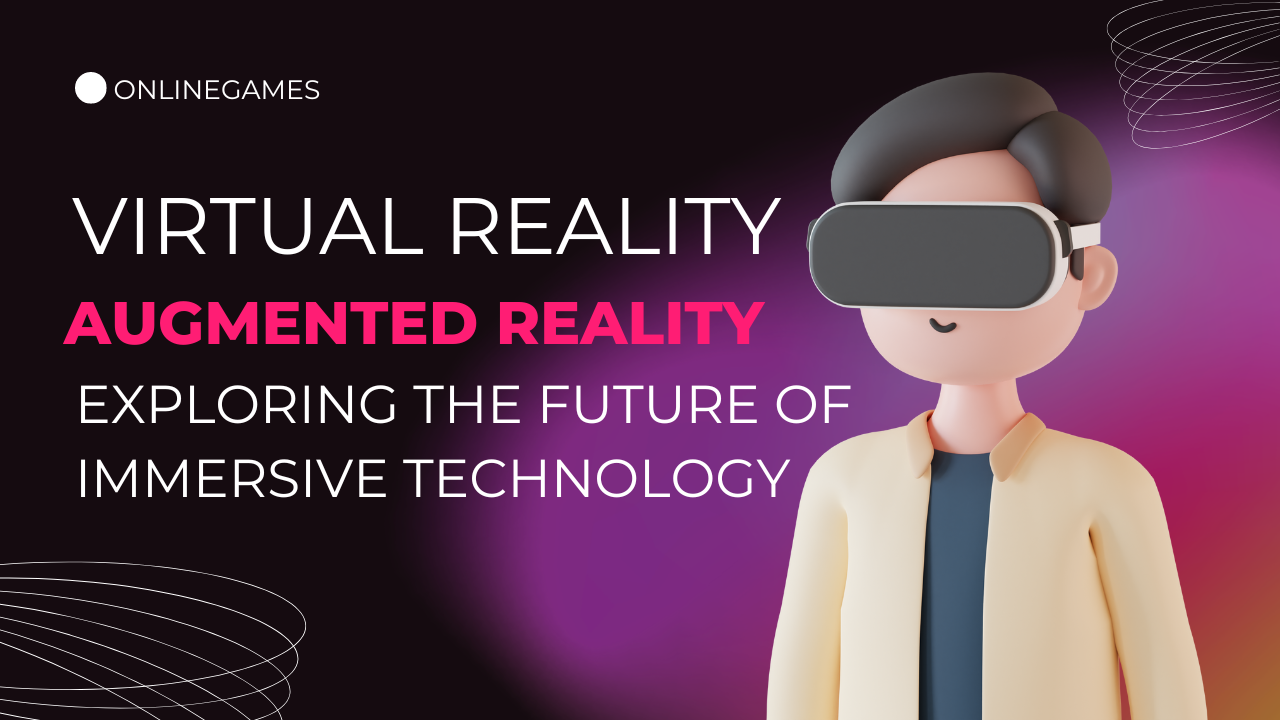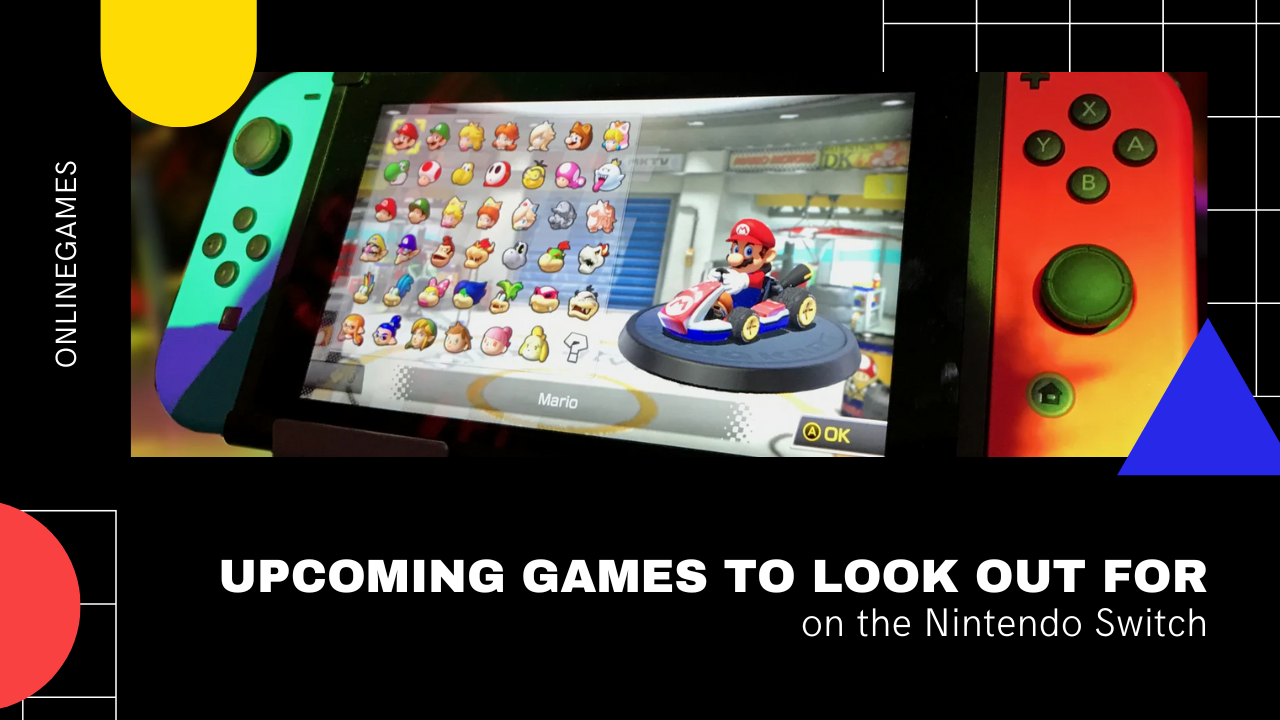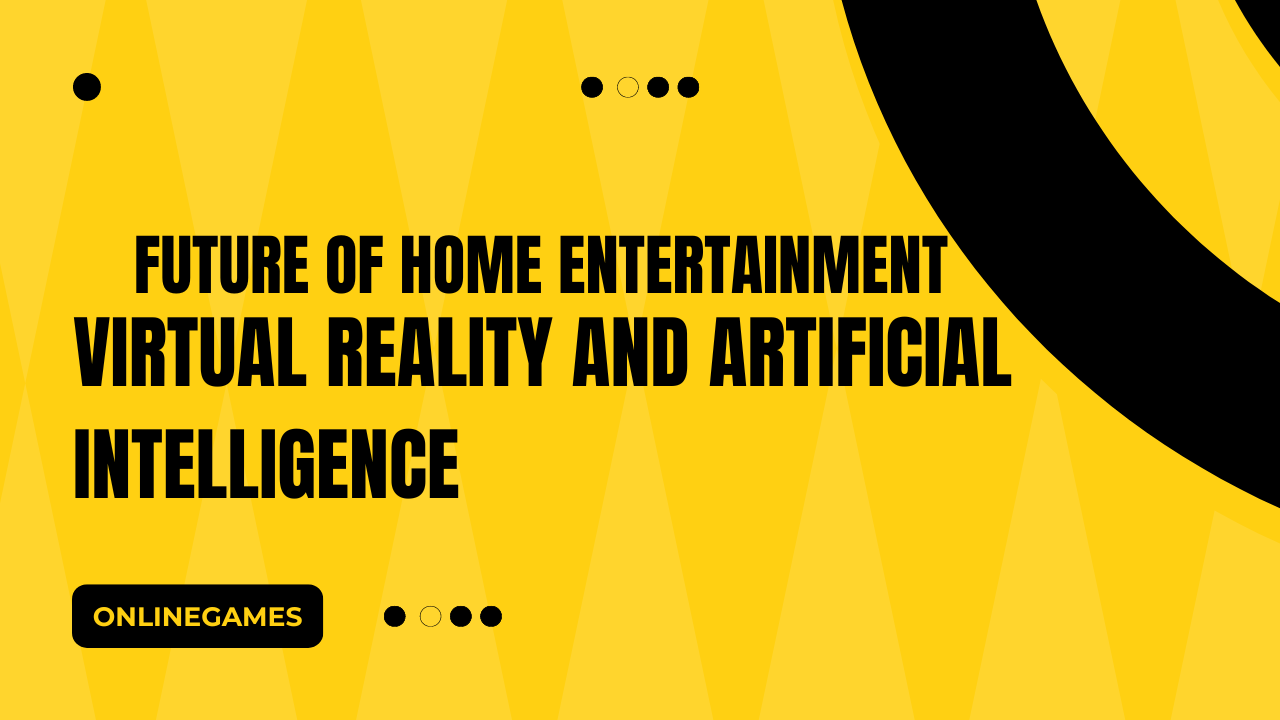In today’s rapidly evolving digital landscape, Virtual Reality (VR) and Augmented Reality (AR) have emerged as transformative technologies reshaping various industries. VR immerses users in a fully virtual environment, while AR overlays digital information onto the real world. These technologies are not only revolutionizing gaming and entertainment but are also making significant strides in education, healthcare, retail, and more. This comprehensive guide delves into the intricacies of VR and AR, highlighting their applications, benefits, and future potential.
Understanding Virtual Reality: An Immersive Experience
Virtual Reality is a computer-generated environment that simulates real-world or imaginary experiences. Users engage with this environment through VR headsets, which provide a 360-degree view, making them feel as though they are part of the scene. The immersive nature of VR is achieved through:
- Head-Mounted Displays (HMDs): These devices, like the Oculus Rift or HTC Vive, offer high-resolution displays and motion tracking, creating a seamless virtual experience.
- Motion Sensors and Controllers: These tools track user movements and allow interaction within the virtual space, enhancing the sense of presence and immersion.
- 3D Audio Systems: By simulating sound from different directions, these systems contribute to a more realistic and immersive environment.
Applications of Virtual Reality
Gaming and Entertainment: VR has revolutionized gaming by offering immersive experiences where players can explore fantastical worlds and interact in ways previously unimaginable. Platforms like PlayStation VR and games such as “Half-Life: Alyx” have set new standards in the industry.
Education and Training: VR provides an interactive learning environment, enabling students to experience historical events, explore scientific phenomena, or practice skills in a simulated, risk-free setting. For instance, medical students can perform virtual surgeries, enhancing their practical skills without real-world consequences.
Healthcare: VR is used for pain management, therapy, and rehabilitation. It offers patients a distraction from pain and allows therapists to create controlled environments for treatment.
Real Estate and Architecture: VR enables virtual property tours, allowing potential buyers to explore homes remotely. Architects use VR to visualize their designs in 3D, providing a better understanding of the space and facilitating client feedback.
Exploring Augmented Reality: Enhancing the Real World
Augmented Reality overlays digital content onto the real world, enhancing users’ perception of their environment. Unlike VR, which creates a completely artificial space, AR integrates virtual elements with the physical world, accessible through devices like smartphones, tablets, and AR glasses.
Key Components of Augmented Reality
- AR Devices: Smartphones and tablets are the most common AR devices, using their cameras and sensors to blend digital and physical worlds. AR glasses like Microsoft HoloLens and Google Glass offer a more immersive experience by projecting digital content onto the lenses.
- Tracking and Mapping Technology: AR systems use technologies such as GPS, gyroscopes, and accelerometers to determine the device’s position and orientation, ensuring accurate overlay of digital content onto the real world.
- Software Platforms: AR applications are built on platforms like ARKit (iOS) and ARCore (Android), which provide tools for creating interactive AR experiences.
Applications of Augmented Reality
Retail and E-commerce: AR allows customers to visualize products in their own space before making a purchase. For example, IKEA’s AR app lets users see how furniture will look in their home, enhancing the shopping experience and reducing return rates.
Education: AR transforms traditional learning by providing interactive and engaging educational content. Students can explore 3D models of molecules, historical artefacts, or even the human anatomy, making complex subjects more accessible.
Healthcare: AR assists in complex surgeries by providing real-time data and 3D visualizations of organs, improving precision and outcomes. It is also used for vein visualization and patient education, enhancing the overall quality of care.
Navigation and Tourism: AR-based navigation apps provide real-time directions and information about landmarks, improving the travel experience. Tourists can explore cities and historical sites with interactive guides and augmented information.
The Future of VR and AR: Trends and Innovations
Virtual Reality and Augmented Reality are set to become integral parts of our daily lives, driven by continuous advancements in technology and growing market demand. Some of the emerging trends and innovations include:
Advancements in Hardware and Software
As VR and AR hardware becomes more affordable and accessible, we can expect to see a broader adoption across various sectors. Innovations such as 5G connectivity and cloud computing are enabling more powerful and portable devices, enhancing user experiences and expanding applications.
Integration with Artificial Intelligence (AI)
AI is playing a crucial role in enhancing VR and AR experiences. In VR, AI can create more realistic and interactive environments by simulating intelligent behaviours and responses. In AR, AI-driven image recognition and machine learning algorithms enable more accurate and personalized content overlay.
Expansion into New Markets
Beyond gaming and entertainment, VR and AR are expanding into industries like manufacturing, logistics, and agriculture. For example, AR can be used in factories for maintenance and repair instructions, while VR can provide immersive training for complex machinery operations.
Rise of Mixed Reality (MR)
Mixed Reality (MR), which combines elements of both VR and AR, is emerging as a new frontier. MR creates hybrid environments where physical and digital objects interact in real time, offering limitless possibilities for innovation in areas such as collaboration, design, and entertainment.
Embracing the Potential of VR and AR
Virtual Reality and Augmented Reality are transforming the way we interact with the world, offering immersive and enhanced experiences that were once the stuff of science fiction. As these technologies continue to evolve, they hold the potential to revolutionize industries, improve lives, and create new opportunities for innovation and growth. Embracing VR and AR not only enhances our current experiences but also paves the way for a future where digital and physical realities seamlessly intertwine.










